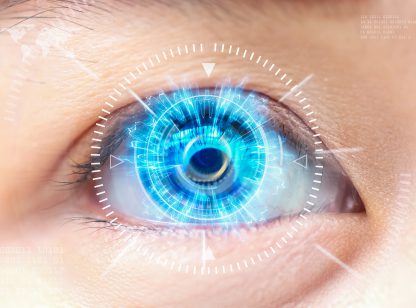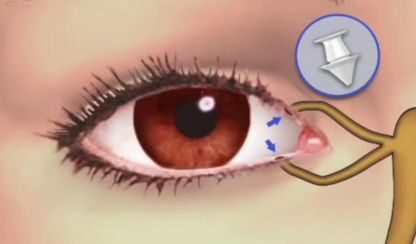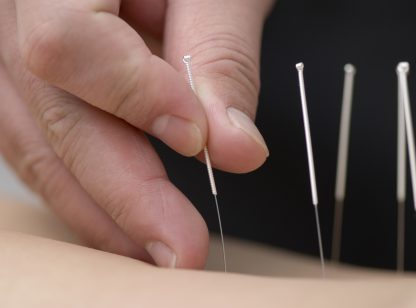Interpersonal communication is such an important part of life. And we are naturally drawn to people’s eyes as the focal point. The eyes provide visual and emotional cues and other non-verbal information and are vital in communication. Thus, we naturally want our eyes to look and feel their best.
Cosmetic eyelid surgery restores your natural eyelid contour and refreshes your appearance; however, this common surgery does more than enhance your looks.
The eyelid skin is very unique, as it is the thinnest and most delicate on our body. Eyelid skin is normally smooth, but with time, the eyelid tissue stretches, the fat bulges, and the muscles weaken. These changes are most often caused by age, heredity and sun damage. Dermatochalasis, the medical term used for excess eyelid tissue, occurs in both the upper and lower eyelids. When the upper lid is affected, you may have a feeling of heaviness and the redundant tissue may interfere with your peripheral vision. You may experience forehead fatigue as your body attempts to use these muscles to lift the excess upper eyelid skin out of your field of view. Some may note the urge to tilt their chin up in order to see more clearly, or have the sensation that their eyes want to close on their own while reading. An upper eyelid blepharoplasty (eyelid lift) can help to alleviate these symptoms while also improving your appearance.
Some patients may also have ptosis (“toe-sis”), or a drooping eyelid. The muscle used to lift the upper eyelid is very delicate. With time, its attachment may become loose, causing the lid to droop. This drooping can be addressed with a ptosis repair. The repair can be performed with an incision on the inside of the upper eyelid, or through a skin incision. Your surgeon will help you determine if you have ptosis, and if so, which approach is most appropriate for you. At times, upper lid blepharoplasty or ptosis repair may be medically indicated if the patient meets certain criteria. A visual field test must be performed in the office to determine medical necessity.
A blepharoplasty may also be performed to reduce excess fat and skin in the lower eyelids. The surgeon makes incisions (either on the inside or on the skin of the lower lid) and excess tissue is removed. Incisions made inside the eyelid are not visible; incisions on the skin are barely visible and generally fade over time. The goal of surgery is to provide a more rested but natural appearance. Your surgeon will help you determine which approach is most appropriate for your surgery.
Eyelid surgery is performed on an outpatient basis. Patients may have the surgery with local anesthetic only, or they may receive intravenous sedation (twilight sleep) as well. Pre-operative preparation includes a thorough review of your medical and ophthalmic (eye) history as well as a review of your medication and over-the-counter supplements. After surgery, swelling and bruising are alleviated with ice packs. Most patients experience minimal down time and are able to return to many activities within a week. The results of surgery are generally long lasting, leaving patients looking refreshed, seeing clearly and feeling lighter and vibrant.
Dr. Hui is the founder of The Eyelid Institute in Palm Desert. She is an Oculoplastic surgeon and has a special interest in helping patients with eyelid, lacrimal and orbital conditions and can be reached at (760) 610.2677.













































Comments (0)